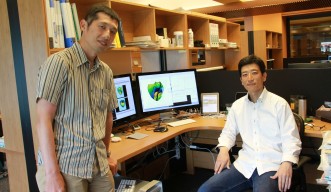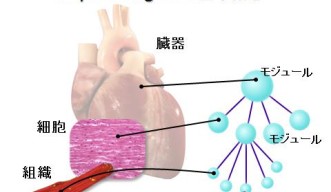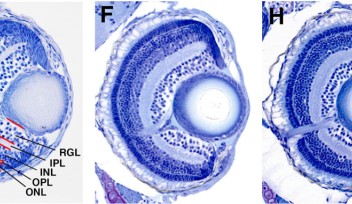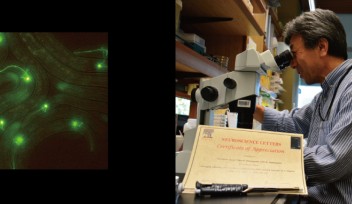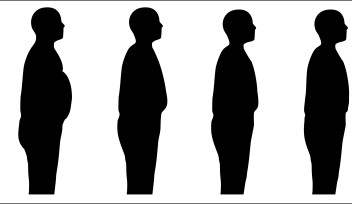Bringing a Physiological Model to Life

Researchers in OIST’s Open Biology Unit led by Prof. Hiroaki Kitano are working on a physiological computer modeling platform called PhysioDesigner. This system is intended to create a virtual physiological model that allows users to predict how the human body will respond to drugs or other stimuli over time. The platform has many potential applications and may lead to groundbreaking results in various areas, including medicine, physiology, and pharmacology. A paper authored by the Open Biology Unit and Japanese collaborators has been published in PLOS ONE. In this study, the authors examined the nature of multiple drug interactions, using models developed in PhysioDesigner. The Unit has also published an article in a journal of the Society of Instrument and Control Engineers in Japan which suggests benefits and applications of PhysioDesigner and various databases. With a long history of virtual human research, PhysioDesigner has gained international recognition with its sophisticated functions, attracting considerable attention from industrial clients, such as pharmaceutical and cosmetic companies.
“Building a virtual physiological model has a host of challenges,” says Dr. Yoshiyuki Asai, the Unit’s group leader. What makes him scratch his head is the complexity of the human body. Our bodies have multiple levels of structure, including organs, tissues, cells, and proteins, all carrying out the functions of life. With PhysioDesigner, different biological reactions occurring at each level are converted into mathematical models, integrated to predict a change in the body. Considering that the different physiological levels in the body interact, leading to complex reactions, individual circuits need to be connected. Our bodies still remain a mystery, with many unknown functions, and understanding and encoding each one requires a lot of work. To build a model that behaves like a living body, researchers need to constantly integrate new information and results, and to have new tools to put them in place.
Dr. Asai is also working on Physiome.jp, a portal Website that both promotes exchange among researchers and serves as a databank, linking the site and PhysioDesigner. Providing a free communication environment for researchers, this Website may become a new research platform, independent of scientific disciplines. For all that, when the system grows, more advanced techniques will be needed.
This evolution of the system can be likened to managing a giant library. PhysioDesigner is equipped with certain tools to edit books written in the language of mathematics. Then the books are housed on a bookshelf called Physiome.jp, available for any scientists to “read,” discuss, and re-edit collaboratively. The library also needs a librarian who will manage those books and the bookshelf. Ultimately the researchers of the Open Biology Unit will complete a single, interdisciplinary library with the resources, shelves, and librarians, and OIST is a perfect place to make that happen. “We want to play a worldwide role in this field by creating a platform for interdisciplinary research at OIST,” Dr. Asai said.
By Mayumi Nishioka
Specialty
Research Unit
For press enquiries:
Press Inquiry Form










